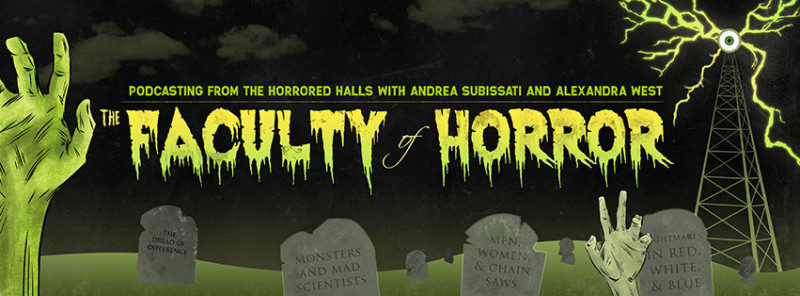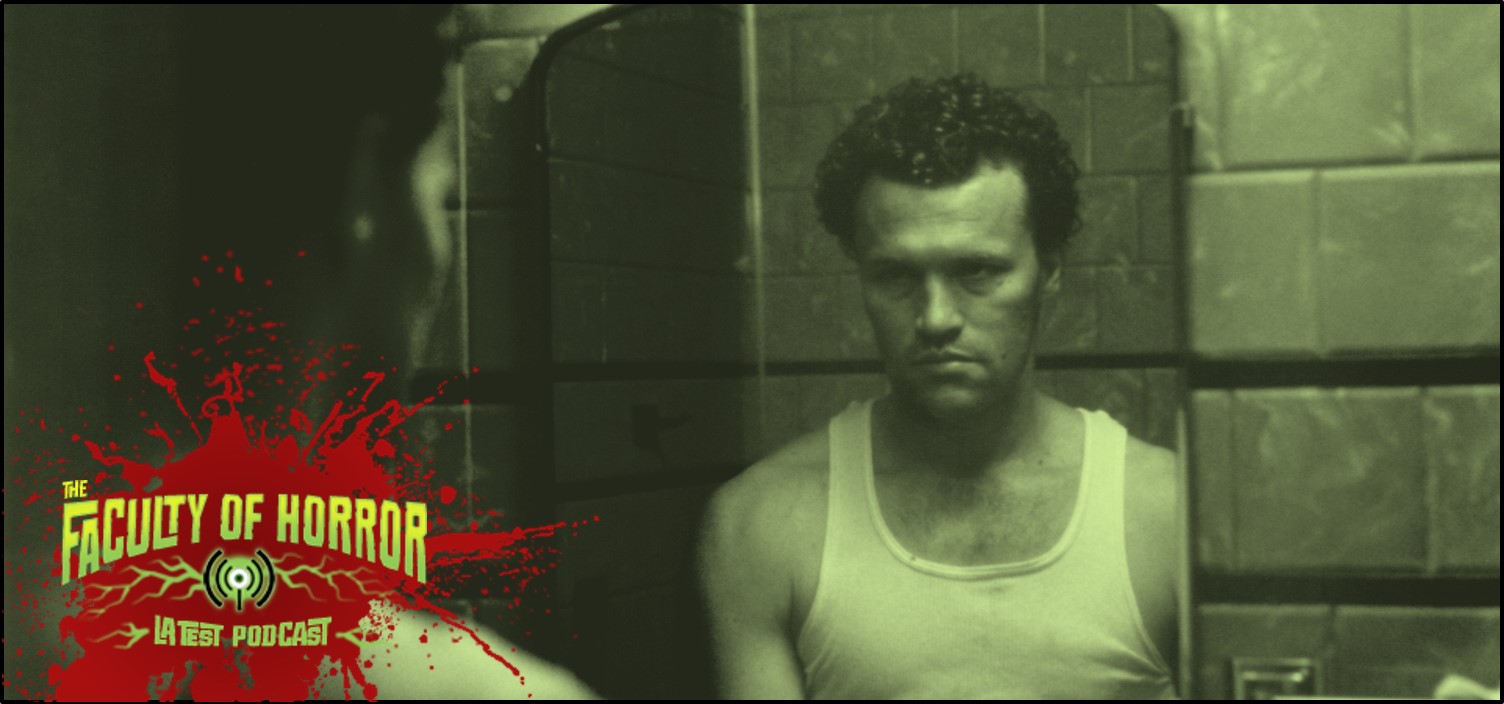This month, Andrea and Alex pull back the veil on narrative cinema and the true-crime phenomena. From John McNaughton’s nightmarish debut to David Fincher’s gumshoe epic, the answers to our response and responsibility to real-life events is almost always more complex than they appear on the surface.
Class of 2019 T-shirts are available now at Twisted Ts!
Salem Horror Fest – Tickets to our live show on October 5th are on sale now! The Fack Dispatch – Subscribe to our BRAND NEW monthly newsletter!
REQUIRED READING
Henry, Portrait of a Serial Killer. Dir. John McNaughton, 1986.
Zodiac. Dir. David Fincher, 2007.
EXTRA CREDIT
Violence Incorporated: John McNaughton’s “Henry: Portrait of a Serial Killer” and the Uses of Gratuitous Violence in Popular Narrative. Steffen Hantke’s in-depth examination of violence in the film.
LISTEN
Right click or option-click here and choose “Save Target As“
Podcast: Play in new window | Download


Surprised you didn’t make more of the post Me Too trend to shift the serial killer narrative away from the male perpetrator towards the female victim. Hallie Rubenhold’s book The Five challenges the assumption that Jack The Ripper’s victims were all sex workers, and led to the author being a target of misogynistic abuse from those male Ripperologists who prefer their women to be neatly divided into binary categories of deserving whore and innocent virgin. English National Opera’s production Jack The Ripper The Women Of Whitechapel is also presented from the female pov, whilst the Extremely Wicked Bundy film took the perspective of his girlfriend in order to package it for a mainstream audience. Whether this is part of a long term cultural shift to put the experiences of female victims at the heart of serial killer narratives, or just cynical marketing, remains to be seen.
That scene with Jake in the basement with the suspect is especially impressive when you consider that the viewer knows that the real Robert Graysmith wasn’t murdered, yet it’s still almost unbearably frightening and suspenseful. I love Fincher, his films are always so fantastic in terms of atmosphere, and his ability to create & sustain dread is superb.